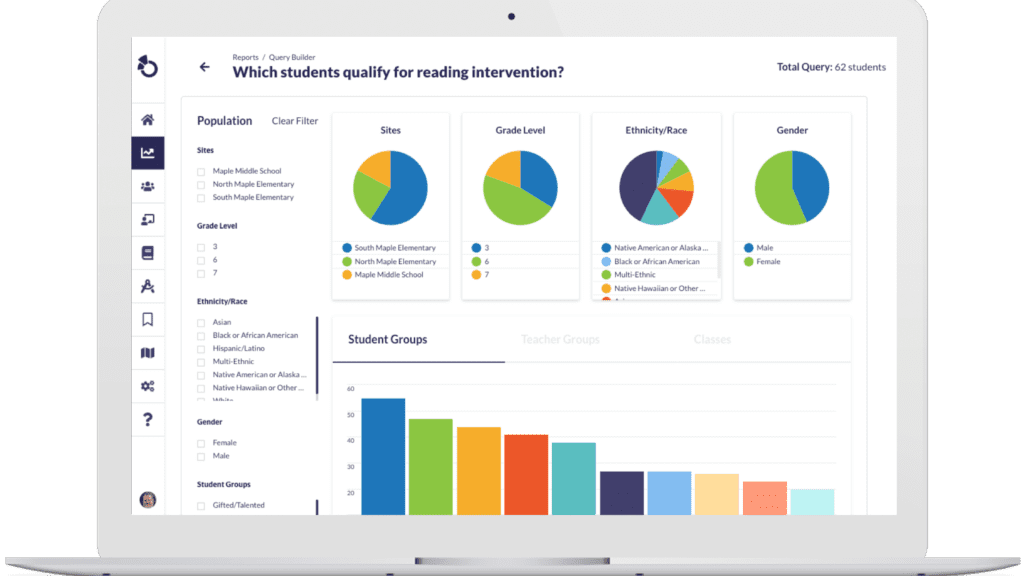Otus Saves Most Educators 2 Hours or More a Week
By: David Specht
Too Much To Do, Not Enough Time
It’s no secret that teachers are short on time. According to a recent nationwide survey, 61% of teachers said they have too many demands on their time, 53% said they don’t have enough time in the school year to pause and address issues, and 41% said they lack time in the school day. Worse yet, more than half of teachers say they don’t have time to dig into the student data they’re collecting – valuable data that should be used to shape personalized learning plans and drive decisions in the classroom. With ever-increasing teacher workloads and class sizes, none of this comes as a surprise. And when teachers burn out, students fall short of their goals, and parents grow frustrated with a lack of student achievement, no one wins.
Otus Saves Educators Time
Otus was born in a classroom, and today, cofounder Chris Hull still leads the company. More than one-third of our team members are former educators. We understand what it’s like to be overworked and short on time because we’ve been there.
That’s why it’s our mission to save educators time. Otus gives educators time back to focus on student growth by offering an integrated platform that supports:

By bringing all of these powerful tools into one place, every stakeholder—educators, administrators, and support staff—has more time to focus on what matters most: supporting students and their growth.
Getting important things done – faster
According to a recent survey of Otus users, over 99% say Otus makes them more efficient educators. With Otus, you’re not spending time building assessments, standing at the printer to make copies, or grading a pile of tests.
Planning time can now be for planning

In the same recent survey, Otus users indicated that the platform saves them an average of two hours per week. That means two free hours to map out the next week, catch up on tasks from the previous week, or simply catch your breath. And while two hours may not sound like much, over one year, that amounts to 12 full school days – over two full workweeks of your time back.
“Otus frees up so much time. Before Otus, we spent most of our time just digging through everything—finding the data, pulling it all together. By the time we identified the kids who needed help, there was no time left to actually do anything. By the time we acted, that student was already a grade or two behind, and things had gotten worse. We don’t have to do that anymore. Now, we can instantaneously decide what to do for a child. That’s the biggest impact Otus has had for us.”
Craig Velleux
Data Specialist
,
Salem School District (WI)
How Otus Supports Your Entire School Community
.png?width=280&height=600&name=Untitled%20design%20(27).png)
Administrators
Give your administrative team the data insights they need to impact student growth.
Teachers
Teachers can create learning experiences that are personalized to each student’s strengths and needs.
Families
Help families understand their child’s academic and social-emotional development, ensuring they can actively participate in the learning journey.
Related Resources
Request a demo!
See exactly how Otus can help your school accelerate student growth and improve student outcomes – all while saving educators time.






